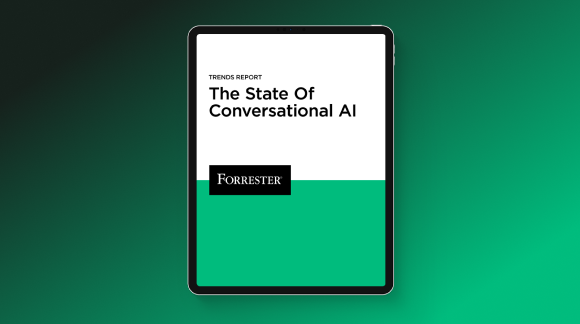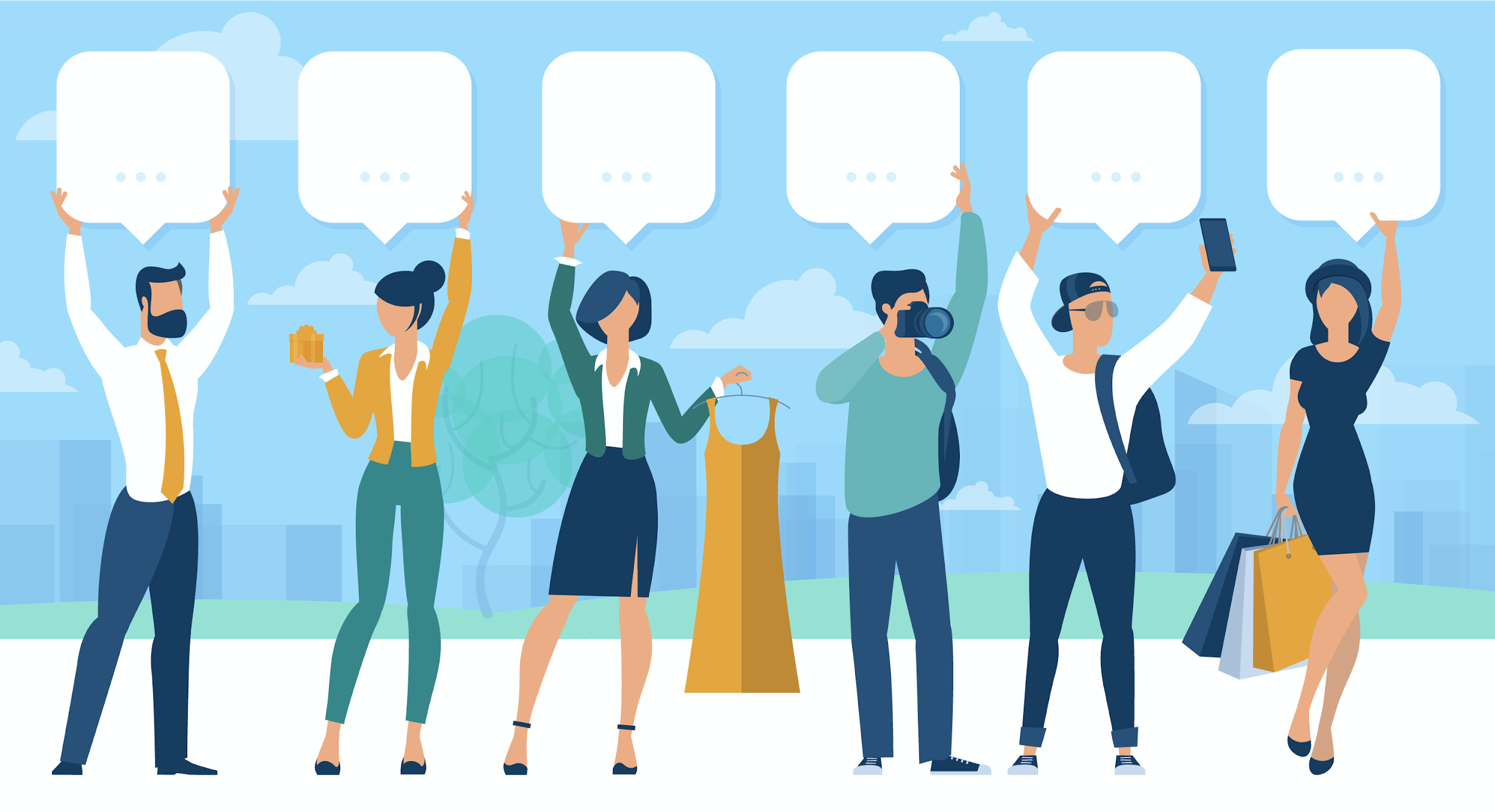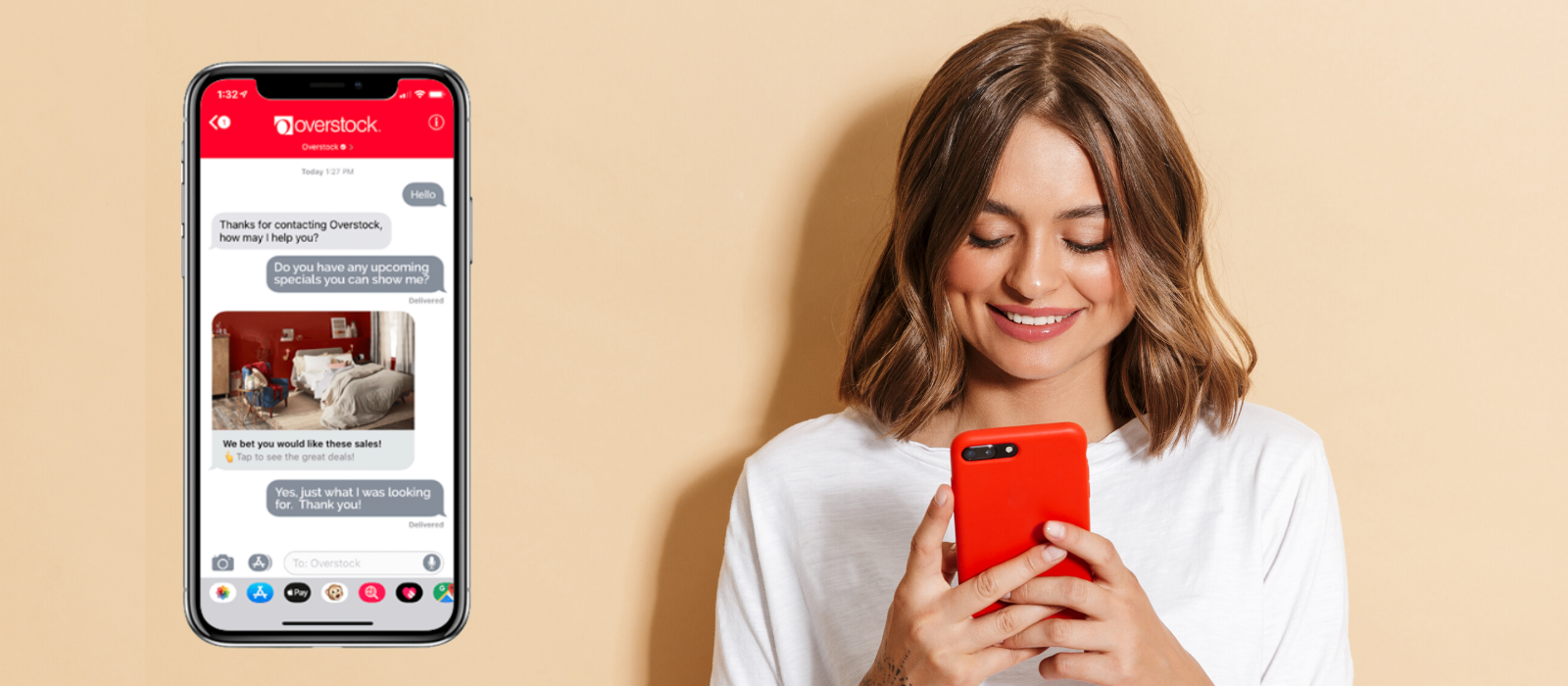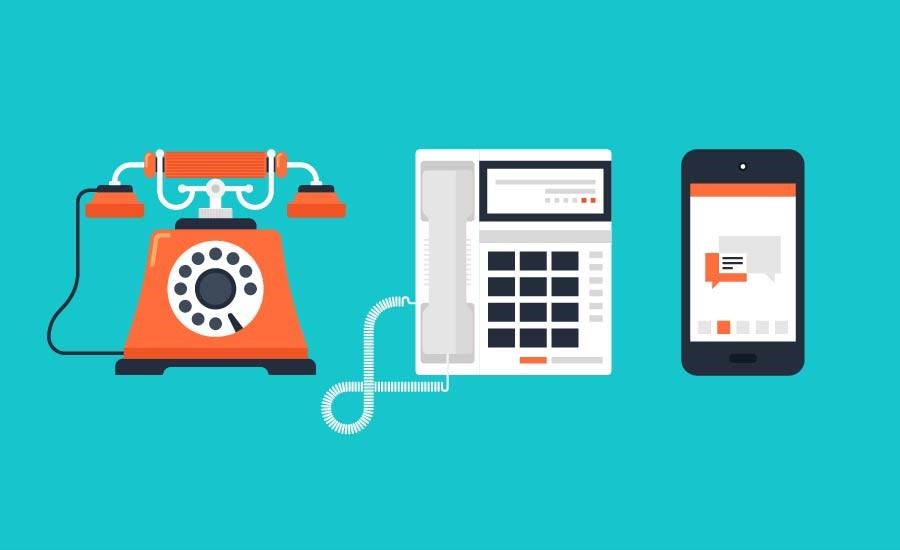The number of unique business communication channels has grown significantly and continues to expand (what seems like every day). We’ve listed the 6 most common ways customers prefer to message with businesses.
It may seem overwhelming to decide which customer interaction channels to use but it should be known that getting started is easy. Whether your business is interested in opening up several messaging channels, or just one, communicating with customers over messaging can be a breeze. Here are our top picks for digital customer service communication channels in 2020.
1. SMS/Text Messaging
The number one channel today, by far, is SMS/text messaging. The difference between how consumers view and respond to email vs text is night and day. Consumers are conditioned to ignore an email with an irrelevant, salesy headline, but they are accustomed to reading every text message that is sent to their mobile phone. This makes conducting customer service and sales over text a reliable method for businesses. Business text messaging benefits from high open rates and fast average response times, which is a significant advantage over traditional emails.
2. Web Chat
Web chat allows users to connect with agents or custom chatbots directly from your website. It is critical for many businesses to deliver round-the-clock support and address specific questions users are having with online purchases, before they go somewhere else. Web chat should be a critical component to ensuring your business is available to accommodate whichever customer communication channels are preferred when conducting research or making a purchase.
3. Apple Business Chat
Apple devices allow customers to contact businesses through the Messages app native to Apple iPhones, iPads, or Macbooks. These conversations offer richer messaging experiences customers have come to expect. Consumers can initiate the conversation in all the places they are familiar with on their devices from listings in Safari, on Maps, or by asking Siri. An added benefit to richer customer conversations is customers are able to use integrated functions like Apple Pay, where businesses can provide secure purchasing options directly from within the messaging window.
4. Google’s Business Messages
Google’s Business Messages allows businesses to send visually compelling messages, making conversations come alive with a more interactive and dynamic messaging experience. Business Messages can help consumers schedule appointment times, complete transactions, receive real-time updates and notifications, and complete product reviews. Plus, it’s compatible across all Android-enabled devices so your business doesn’t have to worry about creating different integrated experiences.
5. Facebook Messenger
According to Facebook, over 20 billion messages are exchanged over Messenger between consumers and businesses each month, signaling high engagement. Facebook Messenger provides a private channel for customers to contact businesses directly (as opposed to public comments). Displaying the coveted “Very Responsive Badge” on your business page will reassure customers they can get the support they need at a moments notice. Messenger is a rich media platform that supports image and video exchange, chatbot implementation, and lead generation templates, offering plenty of flexibility and personalization to service customers.
6. Twitter Direct Messages
Twitter’s popularity makes it another valuable customer interaction channel for wide-ranging demographics. In addition to a private conversation channel, Twitter can link from tweets to Direct Messages, establish custom welcome messages, and collect feedback on the customer experience.
Connect With Your Customers Effectively
In this list of channels for customer care and conversations, it may seem there is no shortage of ways for customers to be able to message you. As we stated from the beginning, while enabling every available messaging channel shouldn’t be the goal, it is easy for businesses to explore new customer communication channels with the help of a business messaging platform. These platforms allow customer service agents to manage customer conversations all in one place. By enabling agents and customers to connect across multiple messaging channels, your business is encouraging convenience, engagement, and efficiency – for both the customer and your customer service team.
To manage this process smoothly, Quiq provides a multi-channel approach to unify your messaging channels and monitor success. Our platform integrates seamlessly with today’s digital customer service channels, and its many features provide valuable, personalized connections with your customers. Schedule a live demo to see the platform in action today.




